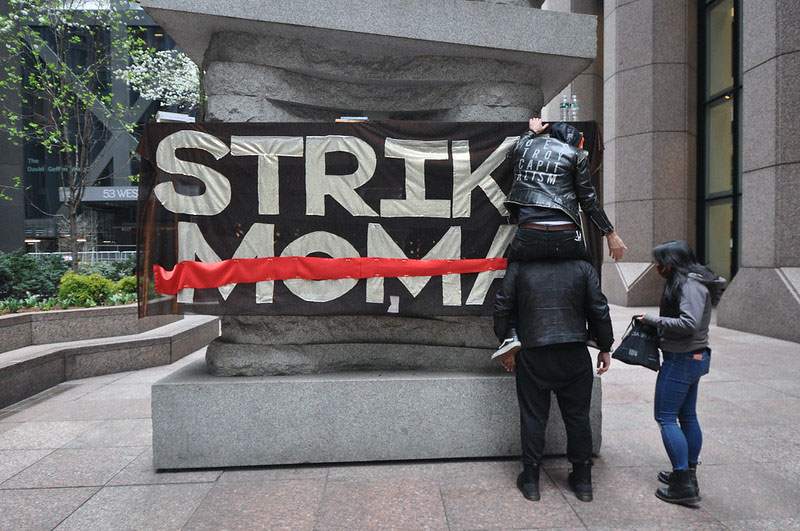November 11, 2010; Source: New York Times | A 2010 “Study of High Net Worth Philanthropy” [PDF] sponsored by Bank of America Merrill Lynch and performed by the Center on Philanthropy at Indiana State University was released Tuesday and reveals, among other things, that wealthy people who volunteer give significantly more than those who do not.
Specifically, when the individuals volunteer more than 200 hours, on average they give $75,662 compared to the $46,414 given by those who do not volunteer. The study also revealed that giving as a proportion of income declined among high net worth people in from 3.7 percent two years ago to 3.4 percent in 2009.
The study also reveals that high net worth givers are more likely to take risks with their own personal assets than they are with money they have invested for charity. According to the Times, “With personal assets, 35 percent were willing to take substantial or above-average risk, while only 23 percent would do so with philanthropic assets. Twenty-six percent would take no risk with the philanthropic funds, compared with 10 percent on personal holdings.”
Sign up for our free newsletters
Subscribe to NPQ's newsletters to have our top stories delivered directly to your inbox.
By signing up, you agree to our privacy policy and terms of use, and to receive messages from NPQ and our partners.
One very hopeful point is that almost 95 percent of the wealthy givers who participated in the study expressed some or a great deal of confidence in nonprofit organizations, in comparison to 89 percent voicing confidence in individuals, 68 percent in corporations, and 58 percent in the federal government. Congress came in sadly at 32 percent.
The study is well worth your time to read for yourself, but one final point—the number one reason these donors decided to discontinue funding an organization was “too frequent solicitations.”—Ruth McCambridge













